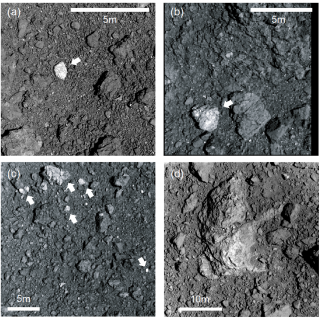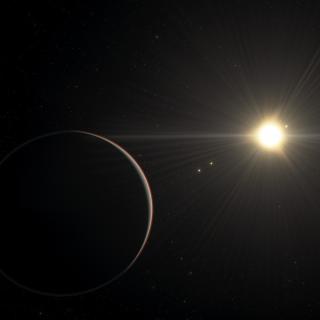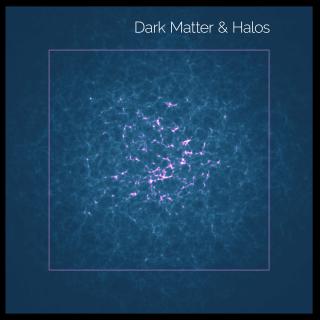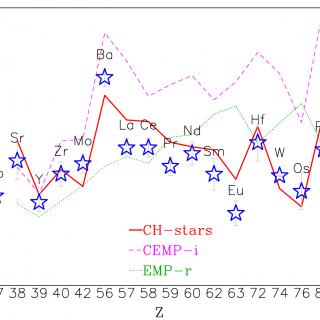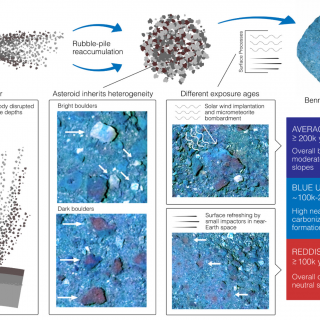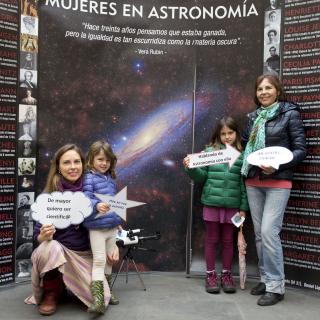
For a further year the IAC is celebrating the International Day of Women and Girls in Science with activities to encourage the interest of the younger girls in scientific and technological careers. According to the report “ Women scientists in figures, 2017” the proportion of women in the total of the researchers in Spain has no trisen in the past 10 years, holding steady at 39%. But worse, at later stages in the research career this pecentage drops to 29%. In order to redress the balance on December 15th 2015 the General Assembly of the United Nations proclaimed 11th February the
Advertised on
